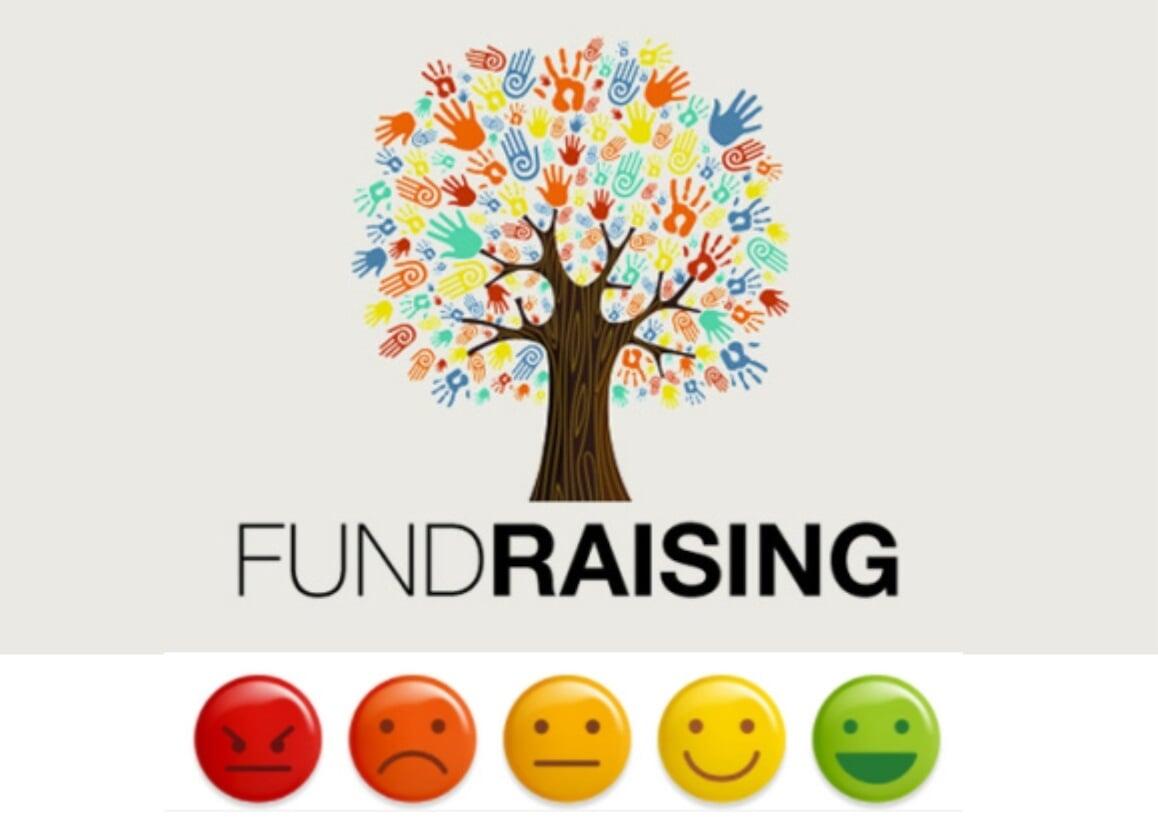In the world of nonprofits and philanthropy, fundraising is the lifeblood that sustains missions and initiatives aimed at creating positive social change. As nonprofits seek to engage with an increasingly data-driven world, artificial intelligence (AI) and sentiment analysis are emerging as powerful tools to transform the way they approach fundraising. This blog delves into the intersection of AI, fundraising, and sentiment analysis as applied to nonprofits and philanthropic efforts.

🚀The Role of Sentiment Analysis in Nonprofits
Sentiment analysis is a technology that leverages natural language processing and machine learning to analyze the sentiments and emotions expressed in text. In the context of nonprofits and philanthropy, sentiment analysis has several crucial applications:
- Donor Sentiment Tracking: Nonprofits can use sentiment analysis to monitor how donors and the general public feel about their cause or campaign. By tracking positive and negative sentiments, organizations can adapt their strategies to maximize support.
- Campaign Effectiveness: Sentiment analysis can assess the impact of fundraising campaigns by gauging public response. This information helps nonprofits fine-tune their messaging and optimize campaign elements for greater success.
- Issue Awareness: By analyzing sentiment surrounding social issues, nonprofits can identify trends and gauge public interest and awareness. This knowledge can inform their advocacy and outreach efforts.
- Impact Reporting: Nonprofits can use sentiment analysis to measure and report on the emotional impact their initiatives have on beneficiaries and the wider community. Positive sentiment can be a compelling indicator of success.
🤖 AI and Sentiment Analysis in Nonprofit Fundraising
- Donor Segmentation: AI-powered sentiment analysis tools can help nonprofits segment their donor base by analyzing the preferences and sentiments of individual donors. This allows organizations to tailor their outreach to specific donor groups.
- Personalized Appeals: By understanding donor sentiment, nonprofits can craft more personalized and emotionally resonant fundraising appeals. This can lead to increased donations and donor engagement.
- Campaign Optimization: AI can analyze the sentiment of donors and potential supporters in real time, allowing nonprofits to adjust their campaigns as needed. For example, they can modify messaging in response to changing public sentiment.
- Predictive Analytics: AI can forecast donor behavior by analyzing historical data, sentiment trends, and other variables. This enables nonprofits to plan more effective fundraising strategies and anticipate donor actions.
🚩 Challenges and Ethical Considerations
Nonprofits and philanthropic organizations using AI and sentiment analysis in fundraising should be mindful of certain challenges and ethical considerations:
- Data Privacy: Handling donor data and sentiment analysis requires strict adherence to data privacy regulations, ensuring that sensitive information is protected.
- Algorithm Bias: AI algorithms may inherit biases present in the training data, potentially leading to unfair or inaccurate results. Nonprofits should be aware of these biases and work to mitigate them.
- Transparency: It's important for nonprofits to be transparent about their use of AI and sentiment analysis in fundraising to maintain donor trust.
💡 Conclusion
In the world of nonprofits and philanthropy, AI fundraising and sentiment analysis are transforming the landscape of fundraising. These technologies enable organizations to connect with donors on a deeper, more personalized level and make data-informed decisions that enhance their impact.
As nonprofits increasingly adopt these tools, it's vital to remain vigilant about data privacy, algorithm biases, and ethical considerations. When used responsibly and ethically, AI and sentiment analysis can significantly enhance the effectiveness of nonprofit fundraising efforts, leading to a brighter and more impactful future for philanthropy and social change initiatives.

